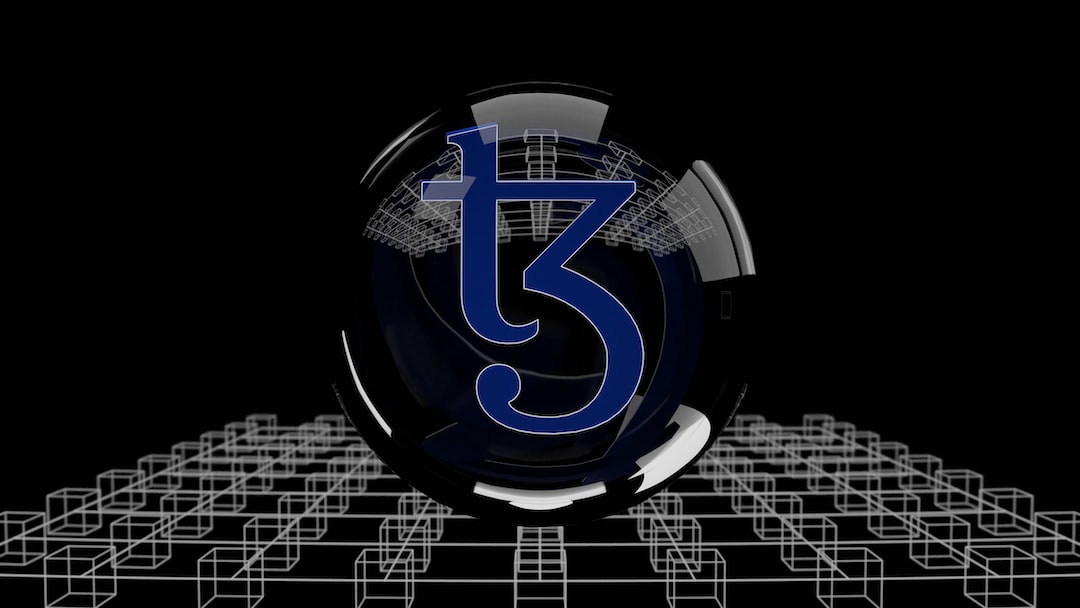What is block size, and why is it important?
The block size refers to the amount of data processed or transferred in a single block within a computer system or storage device. It is a crucial factor in file systems and storage as it determines the unit of data storage and retrieval.
A smaller block size allows for more efficient utilization of storage capacity, reducing unused space. Conversely, larger block sizes can improve data transmission rates, especially with large files. In blockchain technology, the block size greatly influences a blockchain network’s efficiency and structure.
Increased transaction throughput can result from larger block sizes, but they also have drawbacks like increased resource requirements and longer validation periods. On the other hand, smaller block sizes promote decentralization by reducing the resources needed to participate in a blockchain network.
What is scalability in blockchain, and why does it matter?
Scalability is crucial for blockchain technology to function as an open, decentralized ledger. A scalable blockchain ensures that the system remains responsive as more users join and transaction processing needs increase.
If a blockchain is not scalable, it may experience bottlenecks, longer confirmation times, and higher fees. This limits its applicability and adoption in various contexts. Layer-2 solutions like state channels and sidechains address scalability issues by operating on top of existing blockchains.
Ethereum’s sharding solution involves partitioning the network into smaller data sets called shards, enabling concurrent execution and improving overall scalability. Scalability enhancements are vital for extensively used platforms like Ethereum to facilitate wider adoption and smoother user experiences.
Relationship between block size and scalability
The original 1MB block size of Bitcoin caused congestion during times of heavy demand. Bitcoin Cash increased its block size to 8MB to accommodate more transactions per block. However, larger blocks require more bandwidth and storage capacity.
Sharding, pioneered by Ethereum, involves partitioning the blockchain network into smaller data sets called shards. Each shard functions autonomously, improving efficiency and decentralization. In this model, block size is less of a factor in scalability as it is accomplished through the combined throughput of multiple shards.
Balancing act: Finding the optimal block size for a blockchain
Adaptive block size algorithms can dynamically adjust block sizes based on network conditions. Research into layer-2 scaling solutions like state channels and the Lightning Network can solve scalability issues without sacrificing decentralization.
Community involvement through decentralized governance models is crucial for making decisions on block size modifications. Data-driven analysis and ongoing monitoring allow for rapid adjustments based on user feedback and real-time performance indicators.
Hot Take: The Importance of Block Size and Scalability in Blockchain
The block size and scalability are vital considerations in blockchain technology. Block size determines the efficiency of data storage and transmission within a blockchain network, while scalability ensures its responsiveness as more users join and transaction processing needs increase.
Finding the right balance is crucial, with larger block sizes offering increased transaction throughput but requiring more resources and potentially leading to centralization. Smaller block sizes promote decentralization but may limit transaction capacity. Layer-2 solutions like state channels and sharding provide ways to address scalability challenges while maintaining efficiency and decentralization.
Ongoing research, community involvement, and data-driven analysis are essential in optimizing block size parameters and improving scalability to meet the evolving demands of users and technology. This will ultimately contribute to the wider adoption and success of blockchain systems.





 By
By
 By
By
 By
By
 By
By
 By
By
 By
By